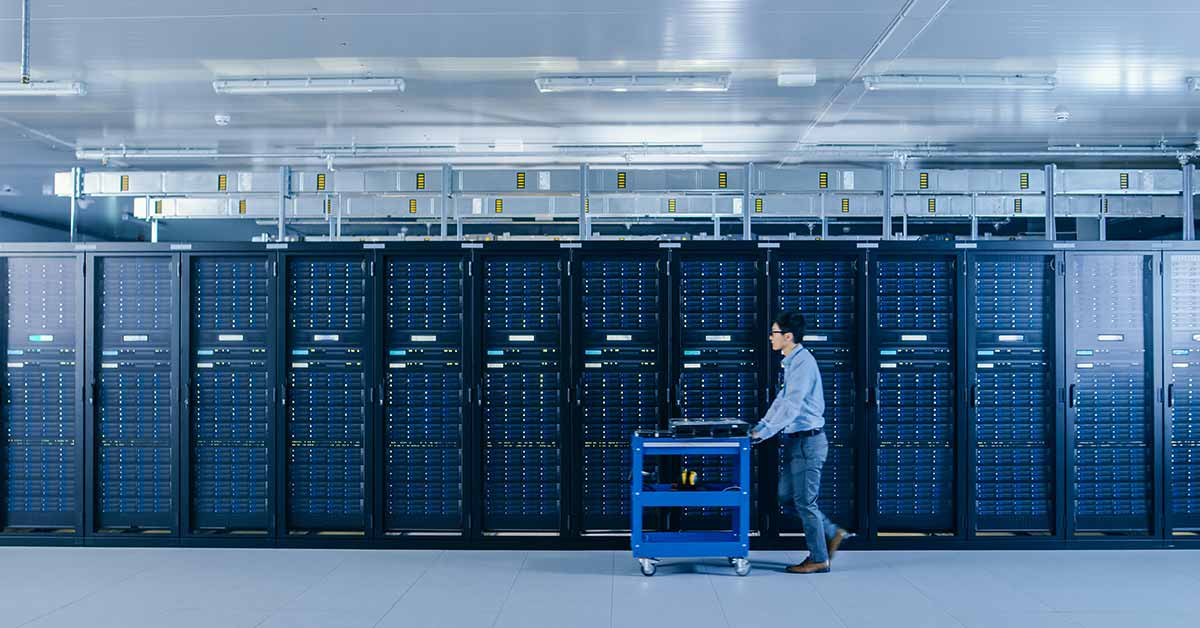Common Operating System Issues and How to Troubleshoot Them
Operating systems are the backbone of modern computing, providing a platform for users to interact with their hardware and software. However, like any complex software system, operating systems can encounter a range of issues that can impact performance, stability, and security. In this blog post, we will explore some of the most common operating system issues and how to troubleshoot them.
- Slow
Performance
One of the most common issues with
operating systems is slow performance. This can manifest in a number of ways,
such as slow boot times, slow application launches, or sluggish response times
when interacting with the user interface.
To troubleshoot slow performance issues,
there are several steps you can take:
- Check
for malware: Malware can significantly impact system performance. Use a
reputable antivirus software to scan your system for malware and remove
any threats that are detected.
- Check
for software updates: Make sure that your operating system and all
installed applications are up-to-date. Software updates often include
performance optimizations and bug fixes that can improve system
performance.
- Free
up disk space: A lack of available disk space can cause slow performance.
Use a disk cleanup tool to remove unnecessary files and free up space on
your hard drive.
- Disable
unnecessary startup programs: Programs that launch automatically at
startup can slow down system performance. Use the Task Manager or System
Configuration tool to disable any unnecessary startup programs.
- Blue Screen
of Death (BSOD)
The Blue Screen of Death, or BSOD, is a
critical error that occurs when the operating system encounters a problem that
it cannot recover from. This can be caused by a range of issues, such as
hardware failures, software conflicts, or driver issues.
To troubleshoot BSOD errors, follow these
steps:
- Check
for hardware failures: Hardware failures can cause BSOD errors. Use a
diagnostic tool to check your hardware, including your hard drive, RAM,
and CPU.
- Check
for driver issues: Outdated or incompatible drivers can cause BSOD errors.
Use Device Manager to check for driver updates, or use a driver update
tool to automate the process.
- Check
for software conflicts: Software conflicts can cause BSOD errors.
Uninstall any recently installed software to see if the issue resolves.
- Check
for overheating: Overheating can cause hardware failures and BSOD errors.
Make sure that your system is properly ventilated and that your CPU and
GPU temperatures are within safe limits.
- Application
Crashes
Application crashes are another common
issue with operating systems. This can occur for a variety of reasons, such as
software bugs, compatibility issues, or insufficient system resources.
To troubleshoot application crashes, try
these steps:
- Check
for software updates: Make sure that your operating system and all
installed applications are up-to-date. Software updates often include bug
fixes that can resolve application crashes.
- Check
for compatibility issues: Some applications may not be compatible with
your operating system or other software installed on your system. Check
the system requirements for the application and make sure that your system
meets the minimum requirements.
- Check
for insufficient system resources: Insufficient system resources, such as
RAM or disk space, can cause application crashes. Use Task Manager to
check for resource usage and close any unnecessary programs or processes
that are using a lot of resources.
- Check
for corrupt files: Corrupt files can cause application crashes. Use a disk
check tool to scan your hard drive for errors and repair any issues that
are detected.
- Security
Issues
Security issues are a major concern for
operating systems, as they can leave your system vulnerable to malware, data
theft, and other cyber threats.
To troubleshoot security issues, follow
these steps:
- Install
antivirus software: Install a reputable antivirus software to protect your
system from malware and other cyber threats.
- Use
strong passwords: Use strong, unique passwords for your user accounts and
enable two-factor authentication for added security.
- Keep
software up-to-date: Keep your operating system and all installed
applications up-to-date to ensure that security vulnerabilities are
patched.
- Enable
a firewall: Enable the built-in firewall in your operating system to block
unauthorized network traffic.
- Be
cautious when downloading files: Only download files from trusted sources
and be wary of email attachments or downloads from unknown websites.
- Network
Connectivity Issues
Network connectivity issues can be
frustrating and can impact your ability to use the internet, access shared
files, or use networked printers.
To troubleshoot network connectivity
issues, try these steps:
- Check
network cables: Make sure that all network cables are properly connected
and that there are no physical issues with the cables.
- Restart
your router: Restarting your router can often resolve network connectivity
issues. Unplug your router from the power source, wait a few seconds, and
then plug it back in.
- Check
network settings: Check your network settings to ensure that your system
is configured correctly for your network. Make sure that your IP address
and DNS settings are correct.
- Disable
network adapters: If you have multiple network adapters installed on your
system, try disabling all but the one you are using to see if that
resolves the issue.
Operating system issues can be
frustrating, but with some troubleshooting and basic maintenance, many issues
can be resolved. If you continue to experience issues, consider seeking the
help of a professional technician or reaching out to online support forums for
assistance.




Comments
Post a Comment